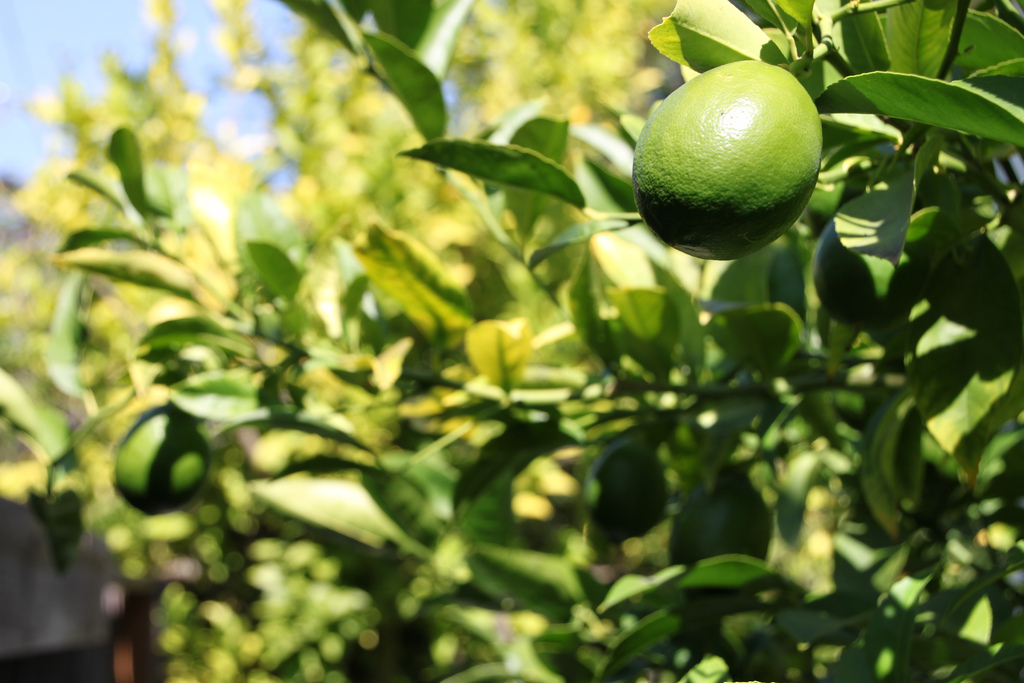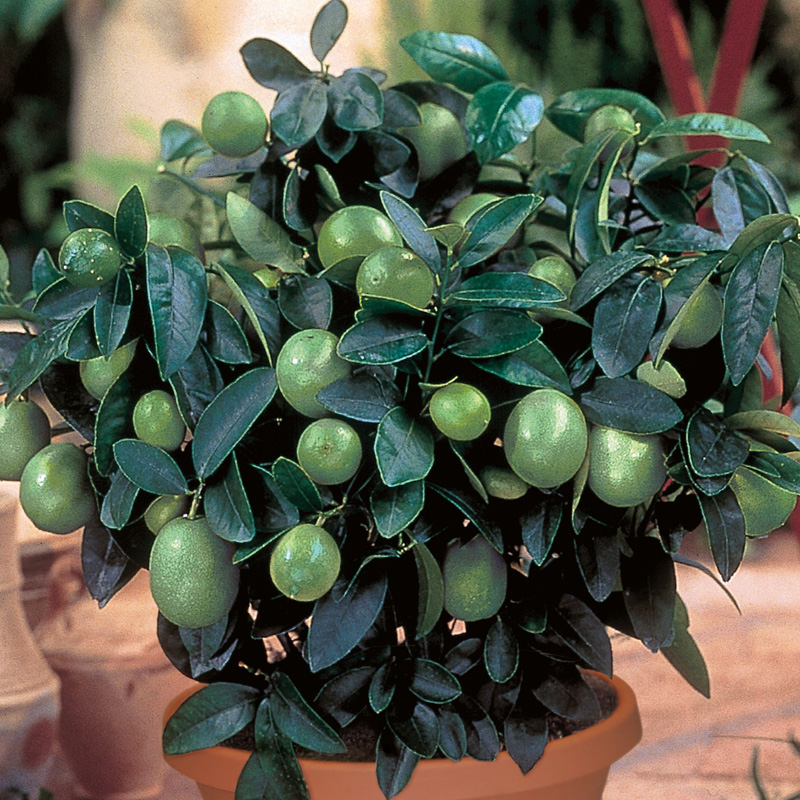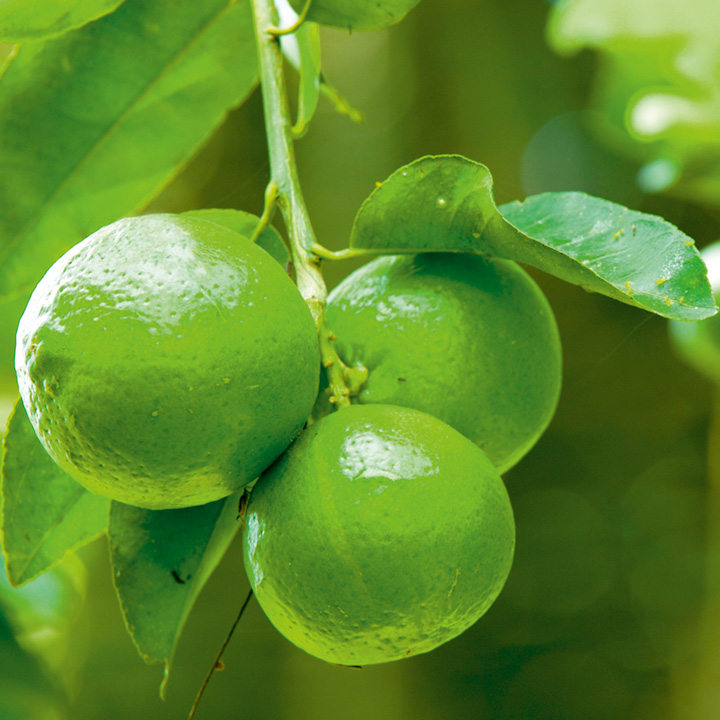How to Grow and Care for Lime Plant

Limes are sweet fruits that are enjoyed by plenty of people globally. It is often eaten without any sides. Lime is juicy fruits, and hence their taste is loved as drinks by the people. Lime belongs to the Rutaceae family. Lime fruit is also enjoyed as pickles by the people who like tangy tastes. Even the peels of the fruit are made use of by getting converted into oils. This process is famous in the West Indies. Pruning is usually necessary for the plant to not take the shape of a scrub. This is because irregularity is observed in the growth of its branches.
The tree can reach up to an average height of 16 feet. The round-shaped limes produced by it are usually of 2cm in radius with a green color. The color is bright rather than dark. The appearance of limes is much like lemons; however, lemons are not as acidic or sweet as Limes are. Three types of limes are cultivated more commonly, i.e., Citrus Hystrix which is also called as Kaffir lime with glossy dark-colored foliage; Citrus Aurantifolia which is commonly called Mexican key Lime and has a more rapid growth; and finally, Citrus Latifolia which is also called as Persian Lime and produces seedless fruits.
Suitable Conditions

Limes are big fans of warm climates as winters do not let the plant thrive best outdoors. In areas where the temperature drops below 7C, it is better to grow limes indoors; however, it can survive up to 5C. The best thing about limes is that they can be grown around any time of the year. However, it is usually preferred to grow limes around March, April, or October. For making it more convenient to bring the plants indoors during extreme winters, it is good to grow them in containers to help them be compact. Proper spacing should be done so that maximum growth is ensured when the plants mature.
Preference for Light and Water
When optimum growth is expected from the plant, it is expected from you to give them suitable conditions for a fruitful result literally. Lime trees show robust growth when they are allowed full sunlight, and hence they should be positioned in such a way that they get full sun. Limes can tolerate areas that may provide light shade; however, it is not very suitable for them. For water, Limes are not very low maintenance as they constantly require water in their initial stages. It is highly recommended to keep the soil of Limes moist at all times. Lack of water can also cause the leaves to fall off. However, watering should be done according to the needs of the plant as overwatering Limes could affect their growth adversely.
Soil and Feeding Requirements

For soil, the lime trees do best when the soils are warm as well as moist. This can be done so by constantly watering the soil if it feels dry. The soils should not only be rich with organic matter but also should be well-drained to make sure that the limes show optimum growth. However, make sure that the soil is moist but not soggy. This is because soggy soils can easily kill the tree. Limes can also grow in sandy loam or clay loam; however, these soils do not provide proper drainage and can result in rotting of the roots. Limes are not very heavy feeders; however, they do require nitrogen, phosphorus as well as various other micronutrients, including copper and zinc, for their optimum growth. Lime should be fertilized every 6-9 months with a slow-release fertilizer in 8-8-8 formula.
Problems with Limes
Various diseases and pests can affect limes and hamper their growth. However, most of these problems can be taken care of easily, and some of these are quite stubborn. The diseases that are likely to affect lime trees are Citrus canker, Greasy spot, Melanose, sooty mold, and root rot. The pests that are likely to attack the lime trees are Aphids, caterpillars, whitefly, Thrips, soft brown scale, Red mites, bud mites, snails, and others.
Yes, a lime tree initially develops a flower, this flower then blooms and falls off the tree. The flowers are white and are usually seen in the spring during March and April. It is a few years later that the tree starts to develop fruits.
Limes are most commonly attacked by rats and possum who spare the peel of the limes but eat up the fruit entirely from inside. However, most commonly, they just eat the peels. The rats should be taken care of with the help of baits and dog hair so they can get rid of possums easily.
Yes, the peel or the skin of limes are completely edible, but they are avoided eating alone. The people mostly consume them as an added flavor to their drinks or food.





